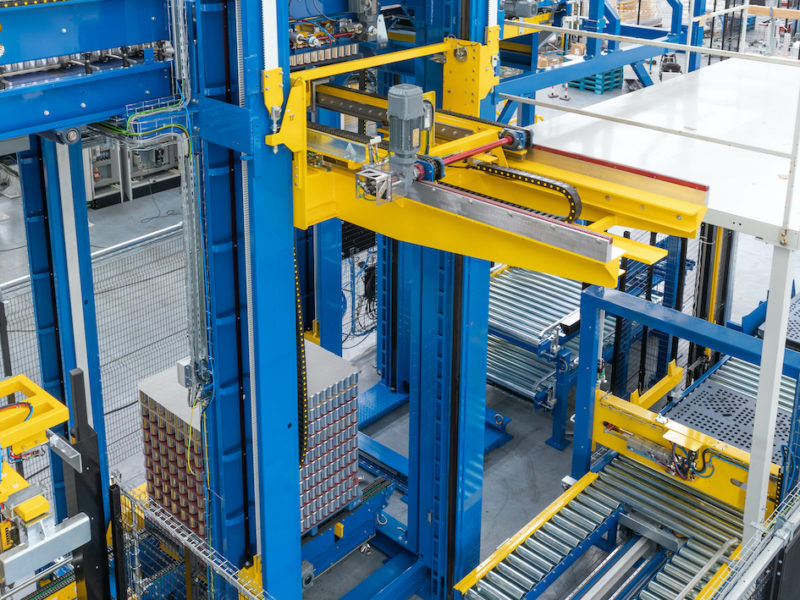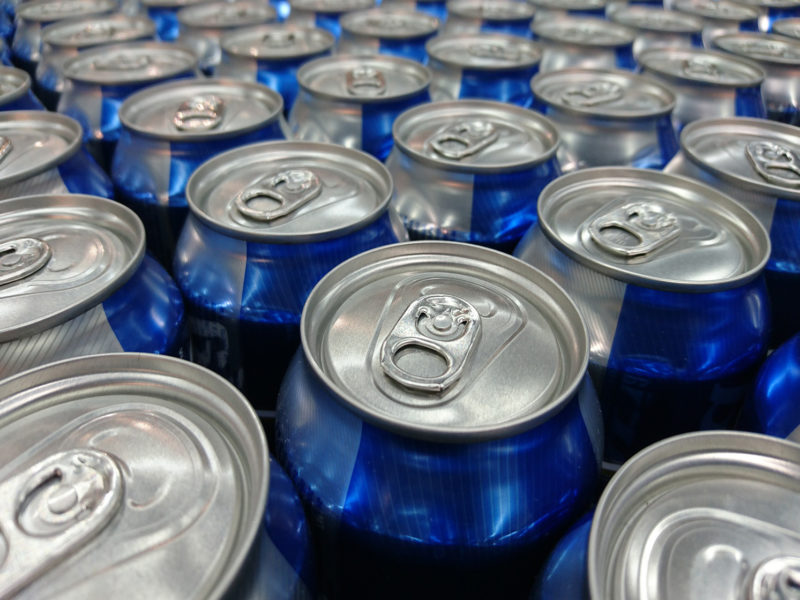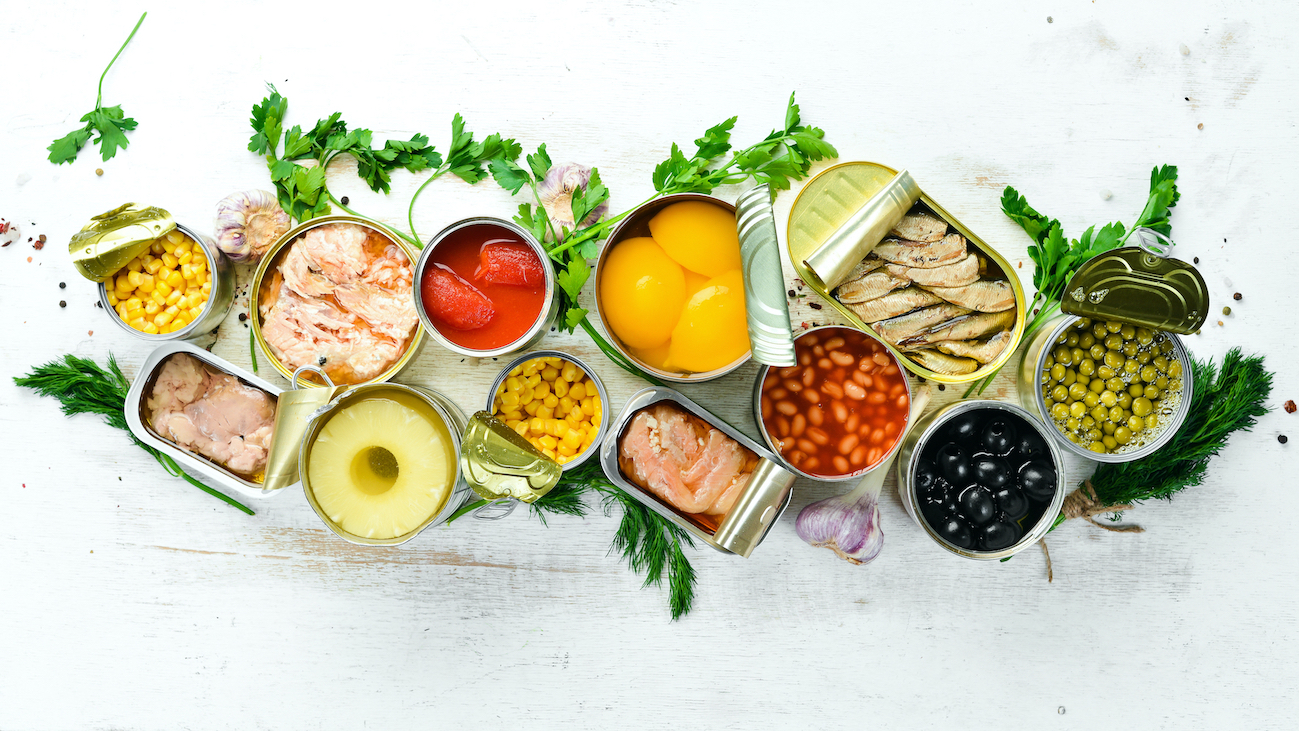
The evolution of metal cans in the Food & Beverage market
The beverage market globally accounts for 66.8% of the metal food and beverage can market. These numbers are expected to grow, with experts forecasting that the segment will reach 24.6 billion dollars by 2025.
One of the main reasons for this upward trend is that aluminium cans bring a lot of benefits, one of them being recyclability.
North America is the undisputed leader in the metal food and beverage can market and, as a result, boasts a large number of can manufacturers.
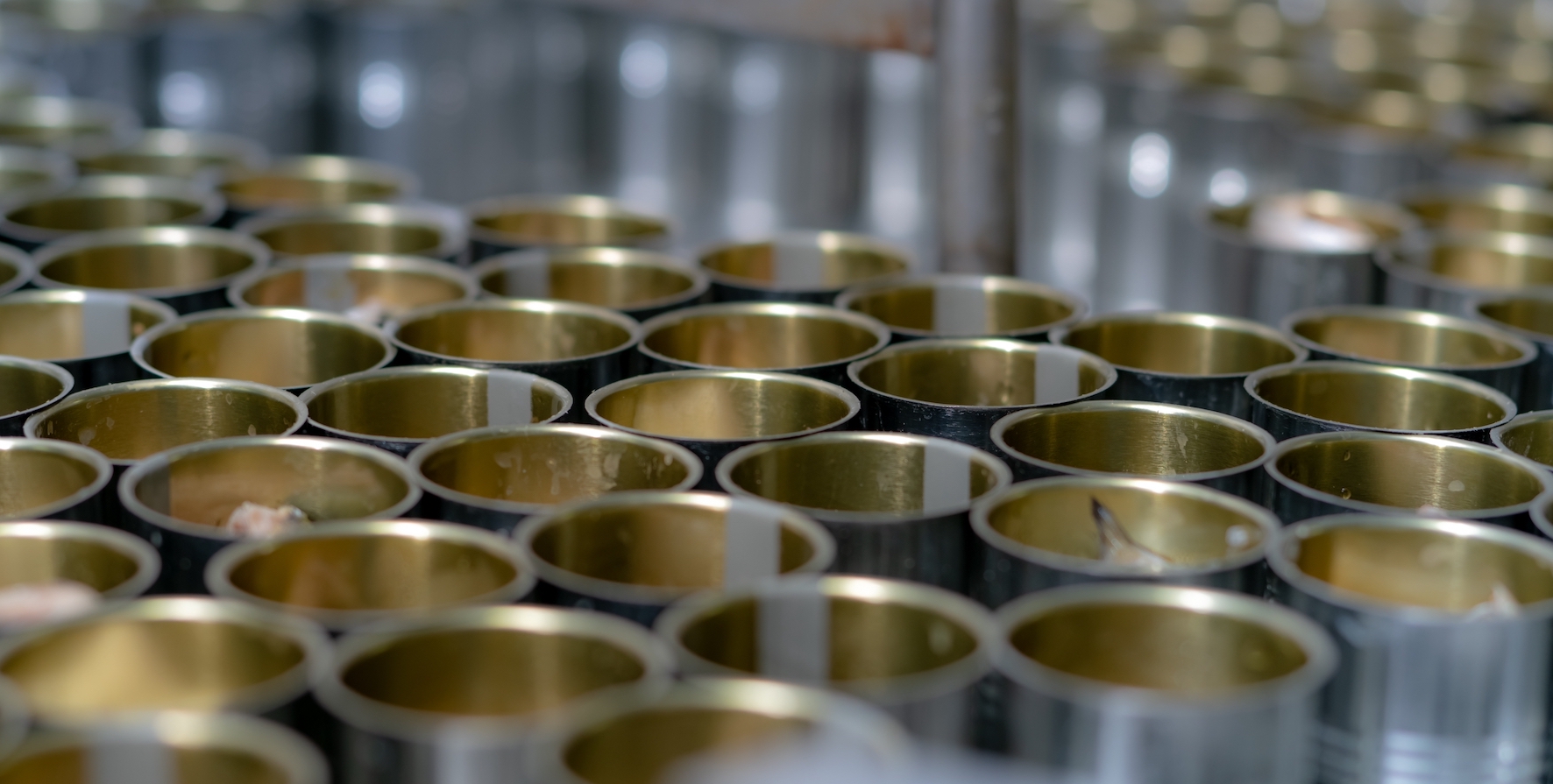
Europe comes in at second place in terms of global revenue, with a total of 2.29 billion dollars in 2018. According to market forecasts, Europe will overtake North America in this segment in the next few years.
We find Asia-Pacific next, with sales of 1.83 billion dollars and lagging behind we have South America, at 1.47 billion dollars, recording the lowest growth.
Which can to choose for food and beverage?
Food and beverage cans are made of aluminium and are tin-plated on the inside, which helps to preserve the quality of the food product and prevent direct contact with the aluminium. The canned food market is broken down into five sub-segments: fruit and vegetables, takeaway food, pet food, fish and meat, other products.
The largest growth was recorded in the pet food market but other segments are on an upward trend as well: fruit and vegetable can volume went from 1.88 to 2.14 billion dollars, driven by the healthy living trend, while takeaway food cans grew to 2.63 billion dollars from $1.71bn.
Large demand for metal cans of various shapes and sizes is also coming from the bakery and confectionery industries, for products like biscuits, pastries, and chocolate.
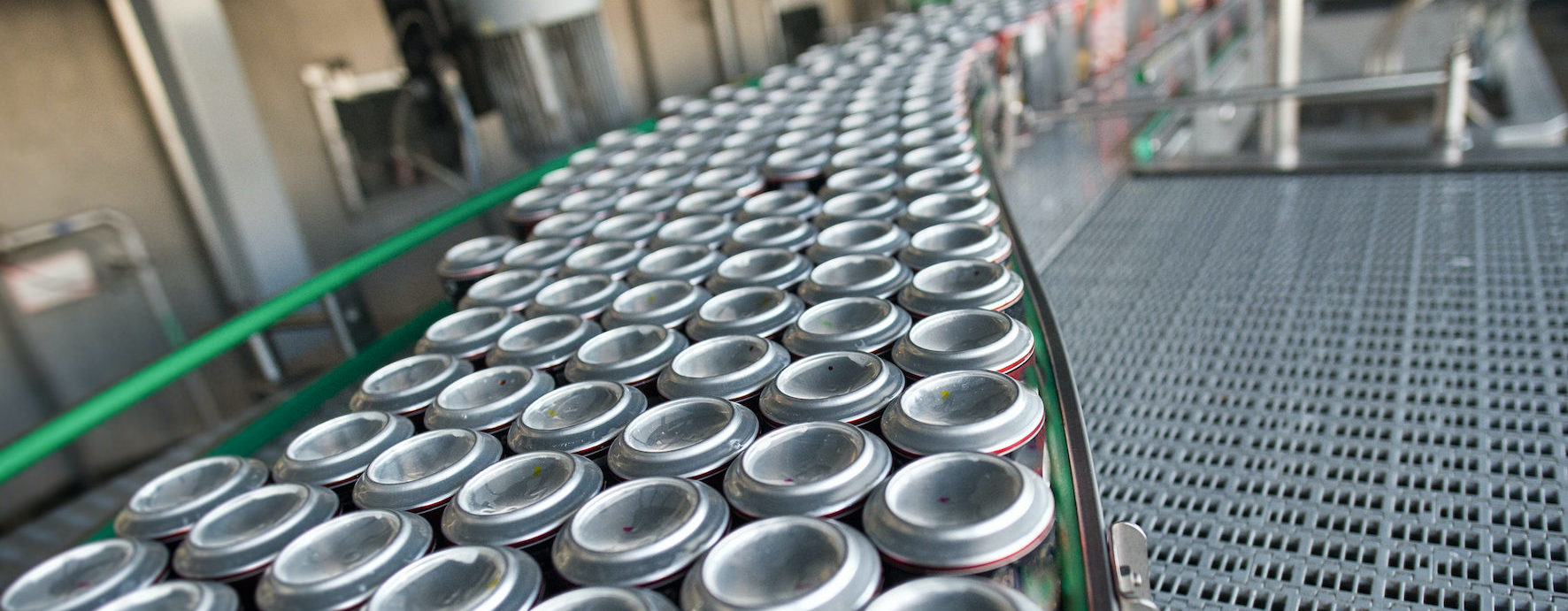
Pressurised cans: a glimpse into the market
Pressurised cans are dominating market growth, projected to hit 260.6 billion units by 2025.
The growth is driven by increased consumption and production of carbonated beverages, especially in Asia Pacific and South America.
If we look at cans according to their degree of internal pressure, we can distinguish between:
- pressurised cans used for beer, carbonated beverages and fruit juices. They preserve flavour longer and consumers find them easy to use. Owing to the internal pressure, most of the liquid propellant converts into gas; this makes the cans lighter, easing transport and reducing its cost. Finding application in the beverage industry are two-piece cans mainly filled under pressure.
- Vacuum cans are mostly used for milk-based drinks, bakery sweets, coffee, juice and tea. The vacuum helps to extend the shelf life of the product because the internal pressure is lower than the atmospheric pressure. The vacuum process removes the air inside the package. Rigidity is the main strength of this type of packaging. Three-piece cans are vacuum-packed and their use is widespread in the food industry.


